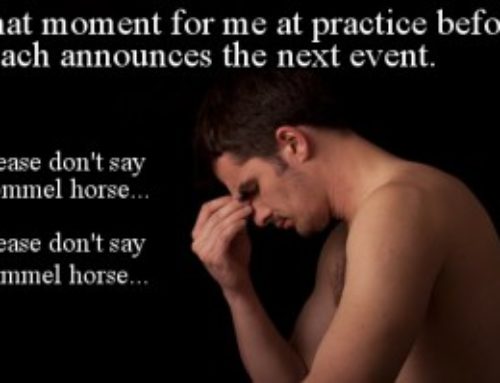By U. of New York – Buffalo Dept. of Orthopaedics
 WHAT IS WRIST TENDONITIS?
WHAT IS WRIST TENDONITIS?
Tendons are bands of connective tissue that attach muscle to bone. Tendonitis occurs when a tendon is inflamed from overuse. Your wrist moves in many directions, including down, up, in, and out. The muscles and tendons that perform these movements may become overused and inflamed. The muscles and tendons that cross your wrist and attach to your thumb may also become inflamed.
HOW DOES IT OCCUR?
Tendonitis is a problem caused by repetitive use. Possible overuse activities include throwing, catching, bowling, hitting a tennis ball, typing, or sewing.
WHAT ARE THE SYMPTOMS?
You have pain with repetitive activity. The tendon that is inflamed is tender to the touch. You may have swelling around the inflamed tendon.
HOW IS IT DIAGNOSED?
Your doctor will review your symptoms and examine your wrist.
HOW IS IT TREATED?
- putting ice packs on your wrist for 20 to 30 minutes every 3 to 4 hours for 2 or 3 days
- elevating your wrist on the back of a chair or couch while sitting or on a pillow while sleeping
- taking an anti-inflammatory or other pain medication prescribed by your doctor
- wearing a splint or cast on your wrist, or taping the wrist and thumb
- doing exercises to help your wrist recover. In many cases of tendonitis, the injury occurs because of poor technique in a sporting activity. Your doctor may review your technique and try to help you change it. There is also arthritis gloves for women that your doctor might recommend.
While you are recovering from your injury, you will need to change your sport or activity to one that does not make your condition worse. For example, you may need to run instead of play racquet sports. The most important treatment for tendonitis is to change your activity.
WHEN CAN I RETURN TO MY SPORT OR ACTIVITY?
The goal of rehabilitation is to return you to your sport or activity as soon as is safely possible. If you return too soon you may worsen your injury, which could lead to permanent damage. Everyone recovers from injury at a different rate. Return to your sport or activity will be determined by how soon your wrist recovers, not by how many days or weeks it has been since your injury occurred. In general, the longer you have symptoms before you start treatment, the longer it will take to get better.
You may return to your sport or activity after your wrist injury when the injured wrist has full range of motion without pain. You doctor may allow you to return to competition with your wrist taped or in a brace. Your injured wrist, hand, and forearm need to have the same strength as the uninjured side. There must not be any pain when you do activities such as swinging a bat or a racquet or tumbling in gymnastics.
HOW CAN I PREVENT WRIST TENDONITIS?
Tendonitis is caused from overuse. Use proper technique in activities such as throwing, hitting a tennis ball, and typing. You should not continue to do these activities when the warning signs of tendonitis begin.



Leave A Comment